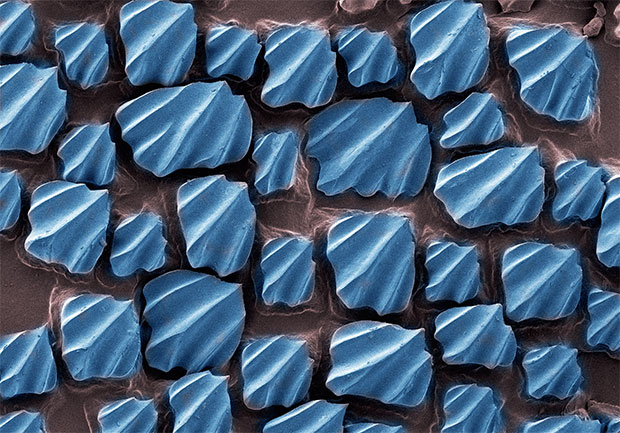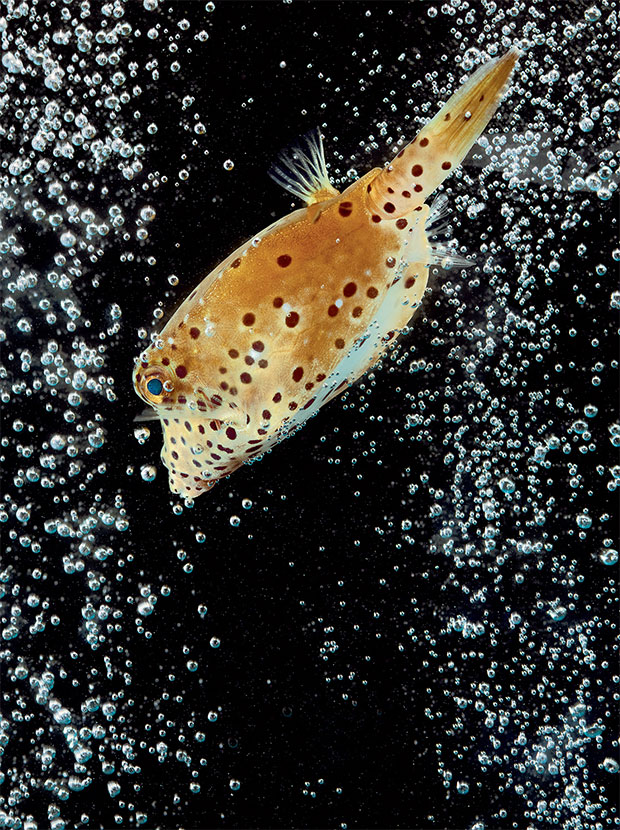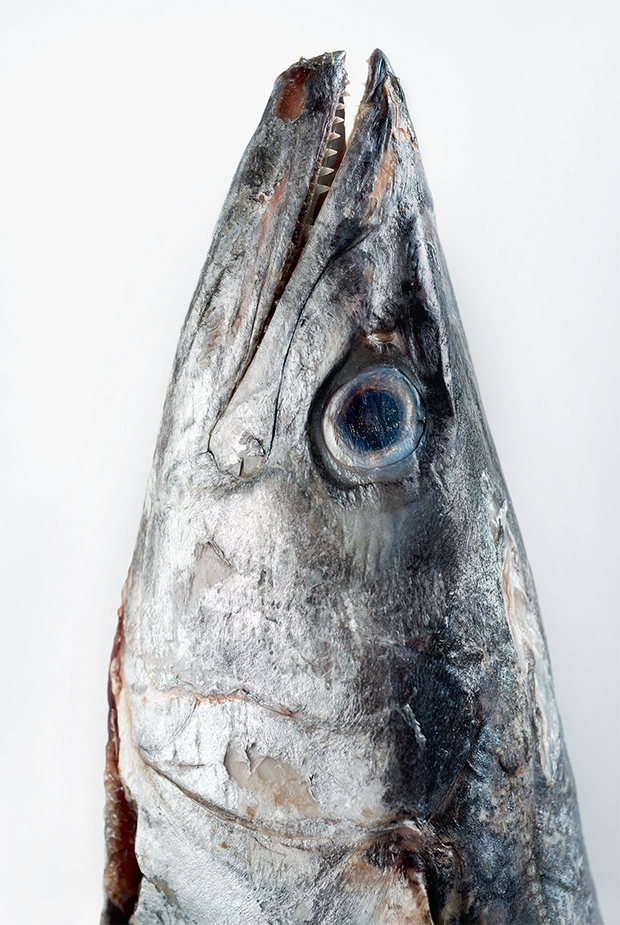
How designers take a lead from the natural world
Evolution details the natural phenomena aiding designers - and how some designs have changed the animal world
Darwin’s Theory of Evolution by Natural Selection explains how biological details can arise on earth, without an all-powerful creator making and perfecting everything from a butterfly’s wings to an elephant’s trunk in some celestial R&D lab.
Yet, as our new book Evolution: A Visual Record by the acclaimed photographer Robert Clark makes clear, just because plants and animals weren’t designed, there’s no reason why human designers needn’t take a few tips from the more impressive aspects of the natural world.
“Unlike most other fish, sharks do not possess air bladders to help them stay afloat,” explains the text accompanying Clark's beautiful photographs. “Instead, to keep from sinking, they must swim at all times, which is an energy-intensive chore. They have evolved features on their skin that make moving through the water more efficient. These tiny teethlike structures, called denticles, may also aid in propulsion by creating a small whirlpool that spins just in front of the shark as it swims.”
Scientists have managed to produce close approximations of the sharks’ denticles via 3D-printing techniques, creating a material that has been woven into swimsuits, reducing drag and increasing a swimmer’s speed.
Alas, not every evolutionary advantage can be mapped onto the industrial world, as a group of German car designers discovered a few years ago.

“In 2006 Mercedes-Benz became the first automoile manufacturer to create a vehicle based on the design of a fish,” explains Evolution. “And not a sleek one, either: a squarish saltwater fish known as the yellow boxfish (Ostracion cubicus). The car designers believed that the boxfish’s shape and an unusual, rigid bony carapace beneath its skin allowed it to reduce drag and aided in its stability. In 2015, however, researchers revisiting the issue discovered that the boxfish’s shape and odd skeletal structure do not accomplish either goal. Instead, its speed and agility depend on something not reproducible in an automobile: well-coordinated movements of its fins.”
But sometimes the manmade world influences the evolution of those within the animal kingdom, as some latter-day developments in the body shape of one particular fish showed.

“A recent study shows that intensive fishing with trawl nets may have created a population of the largehead hairtail (Trichiurus lepturus) that tends to be significantly smaller than earlier populations at the same ages. (The smaller fish can escape from the nets.) The ultimate effect of these changes on the fish species’ survival, if any, remains uncertain.”

For more evolutionary insight, order a copy of Evolution: A Visual Record.